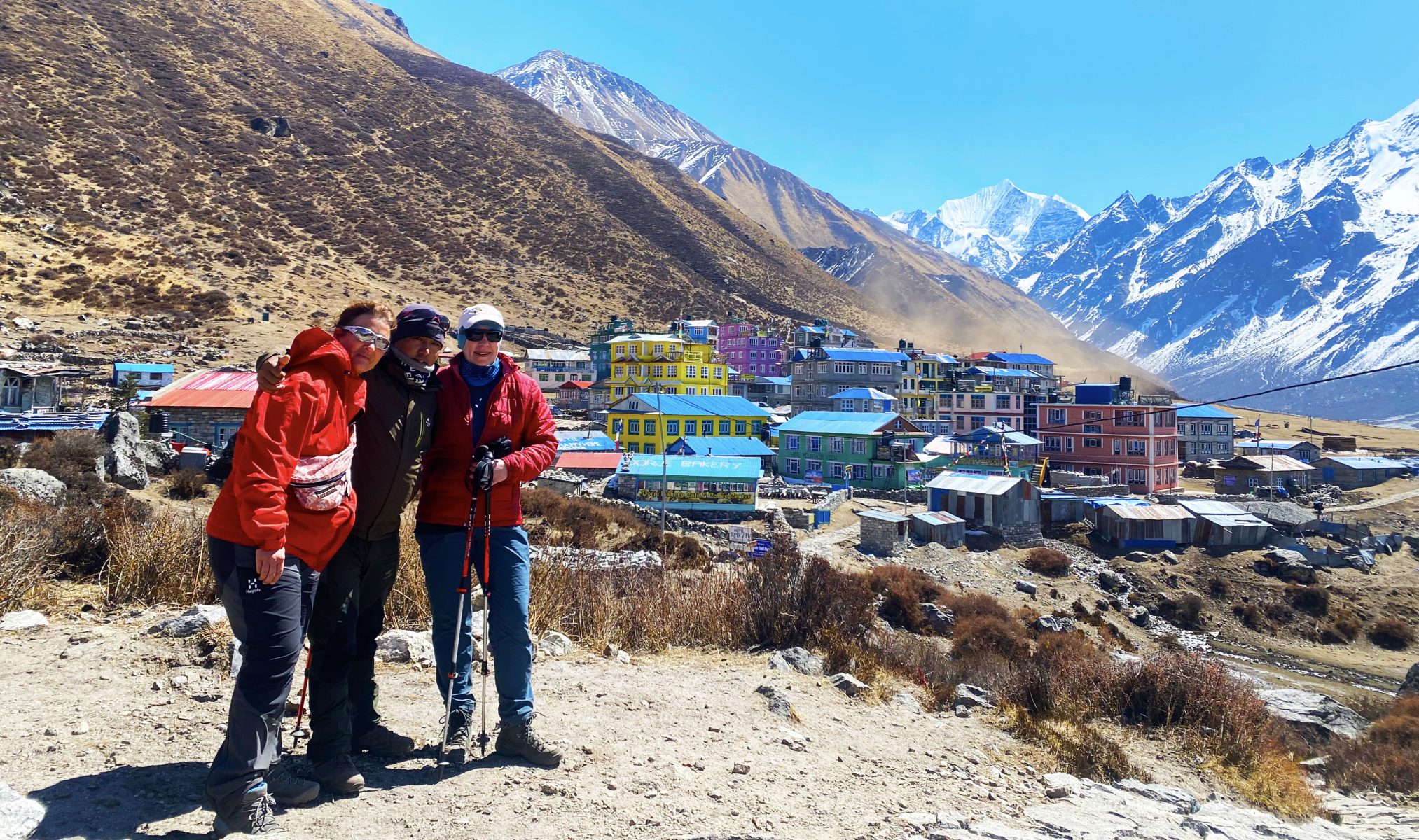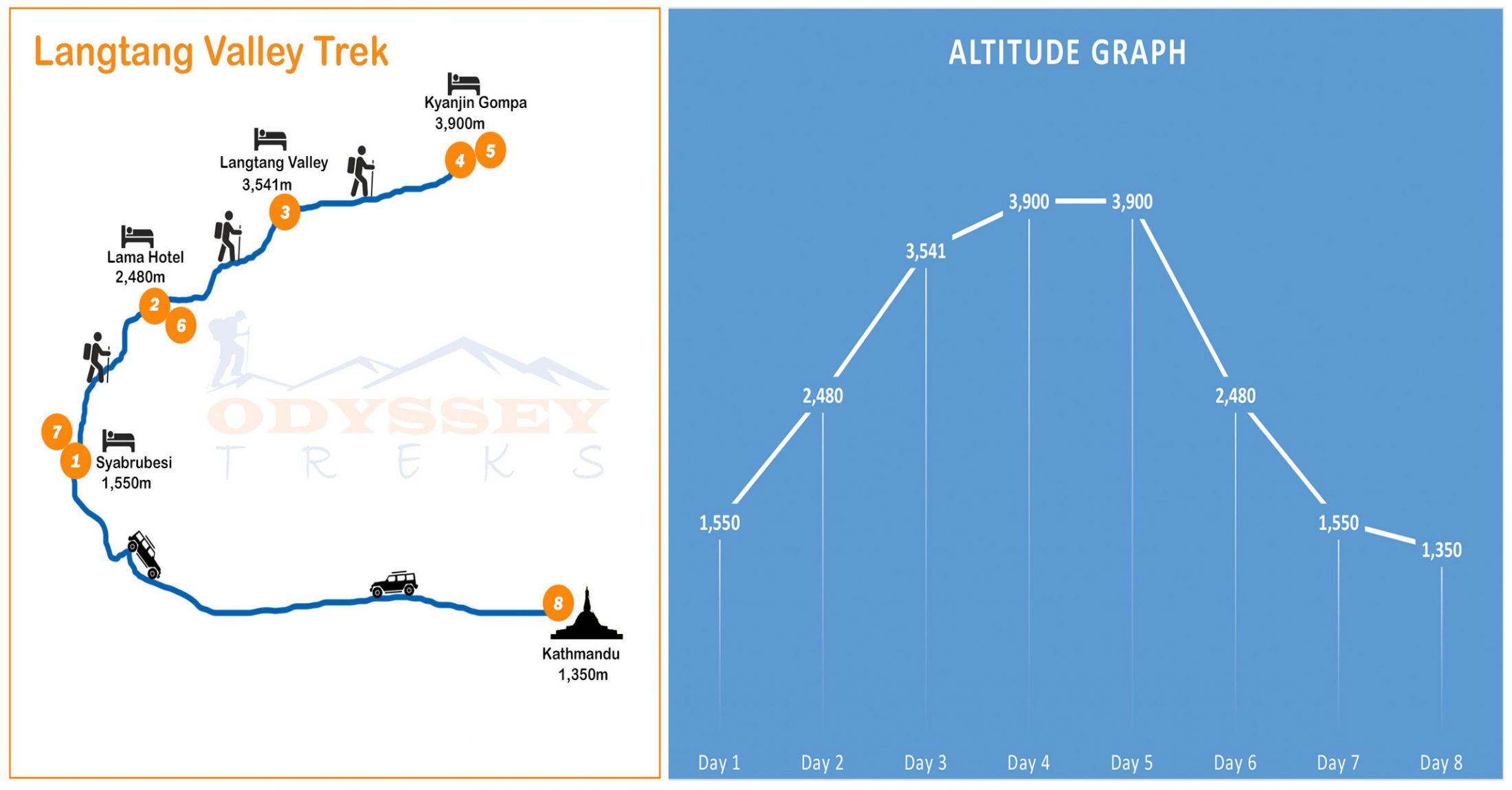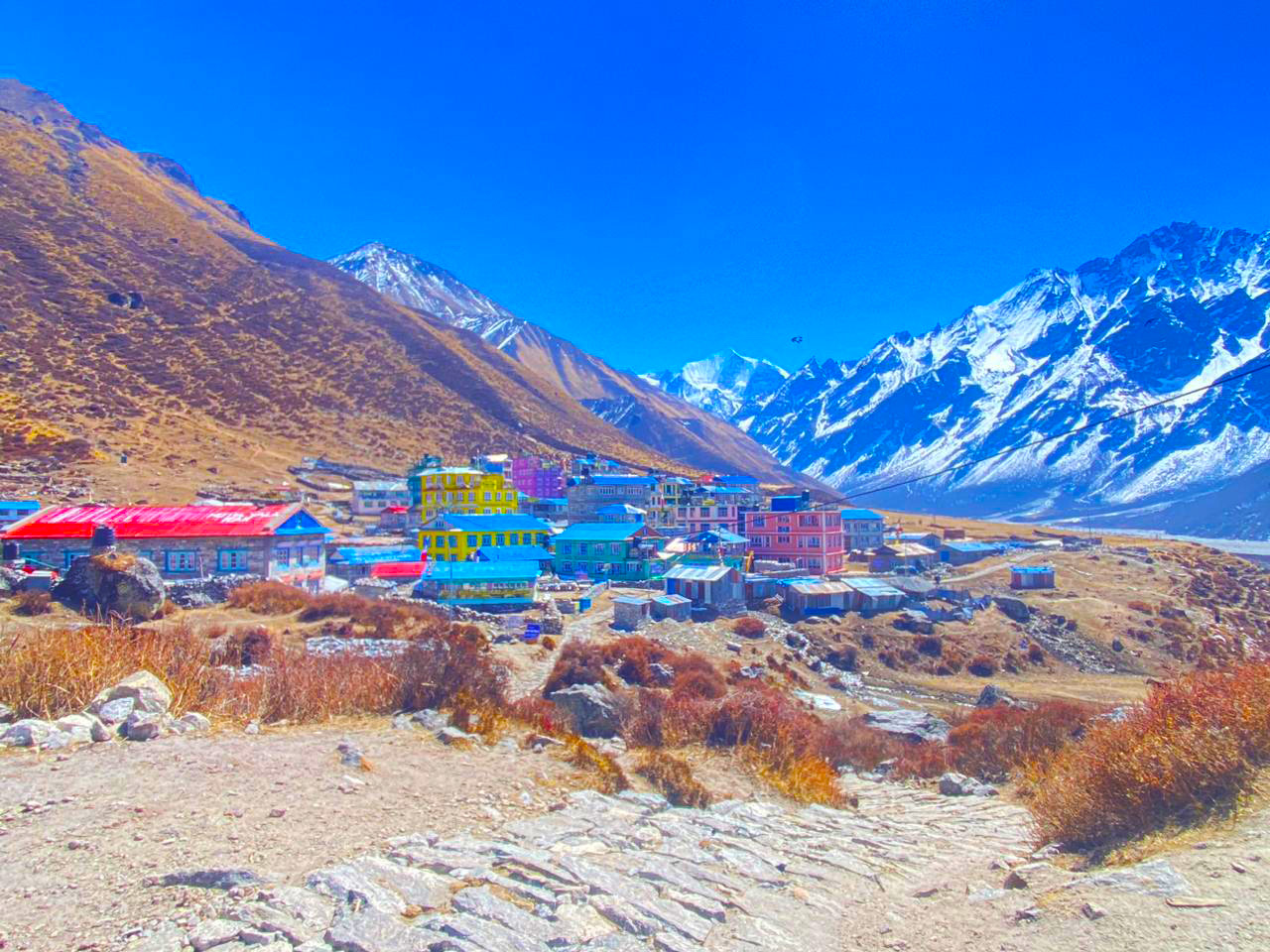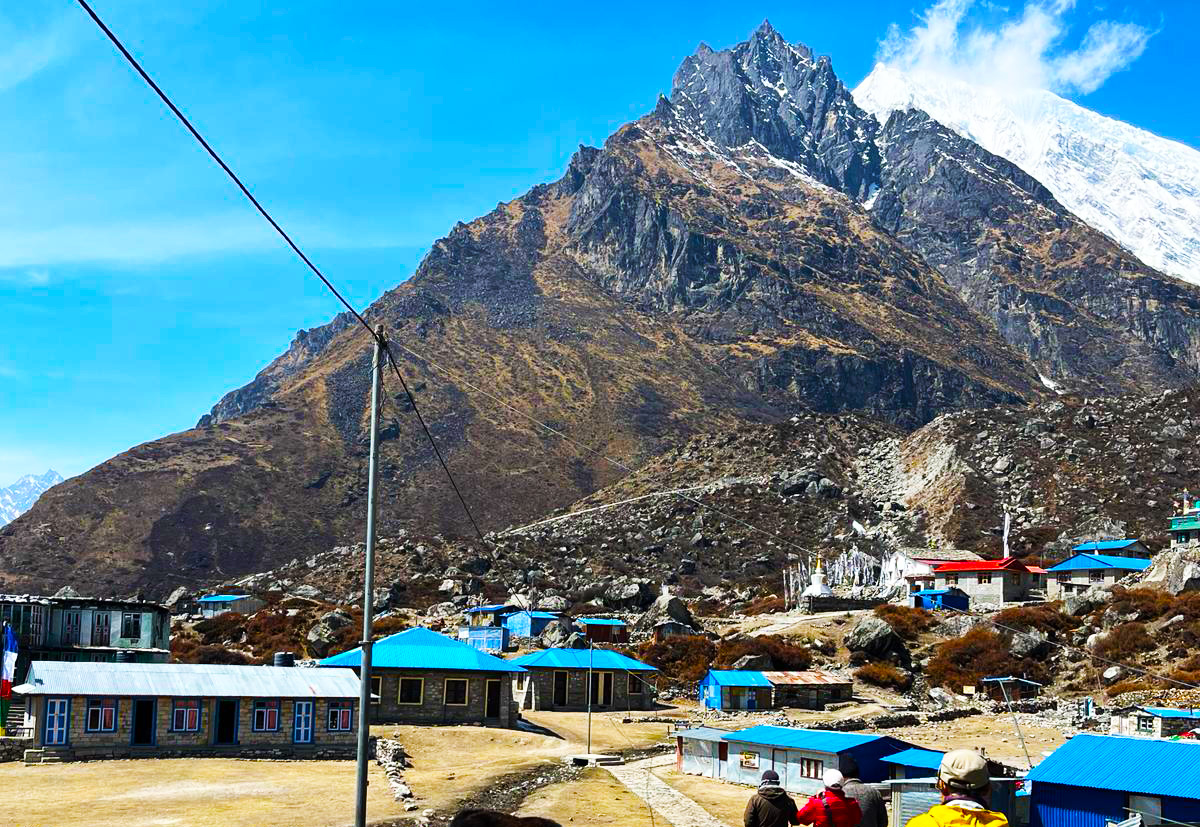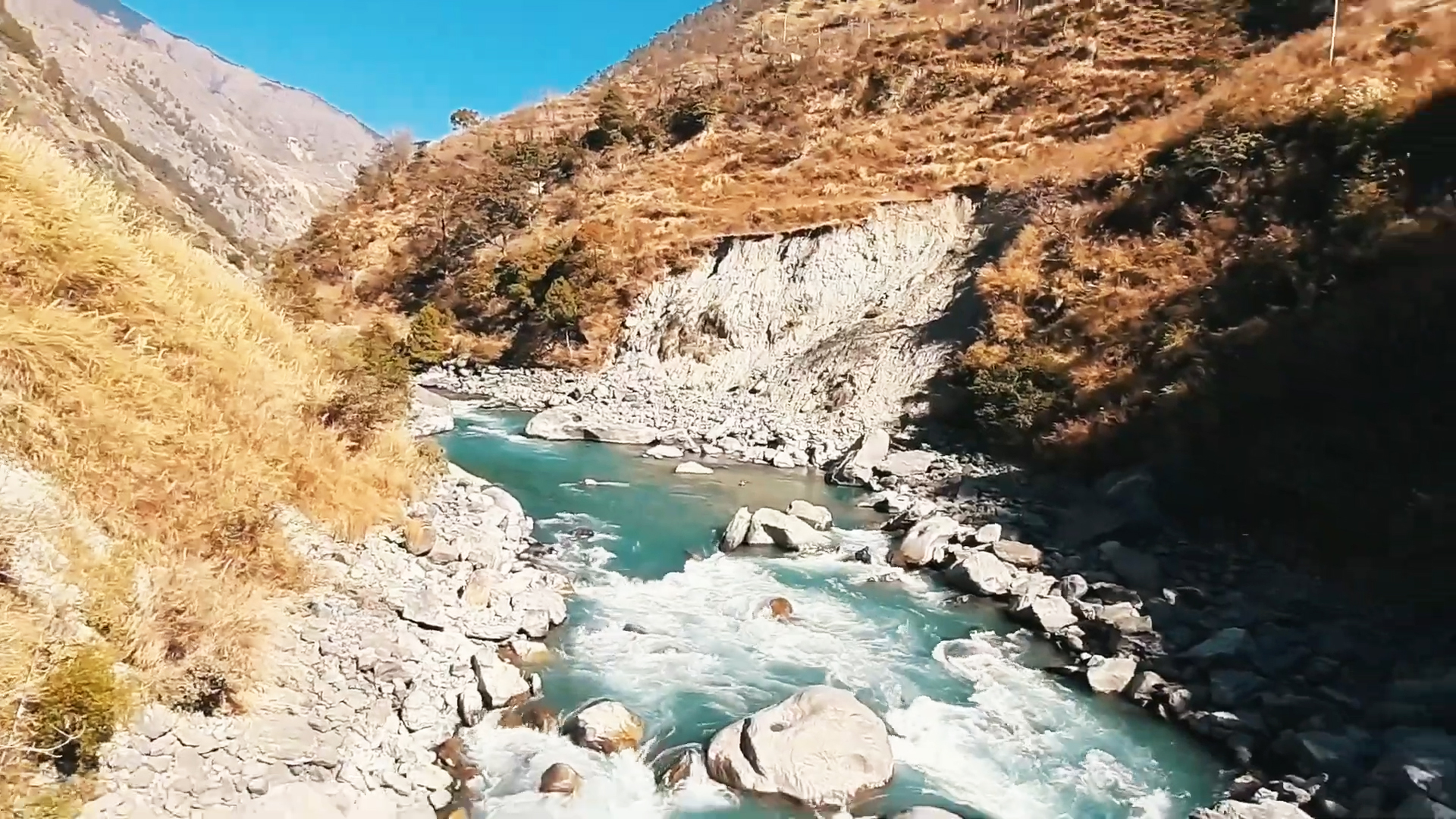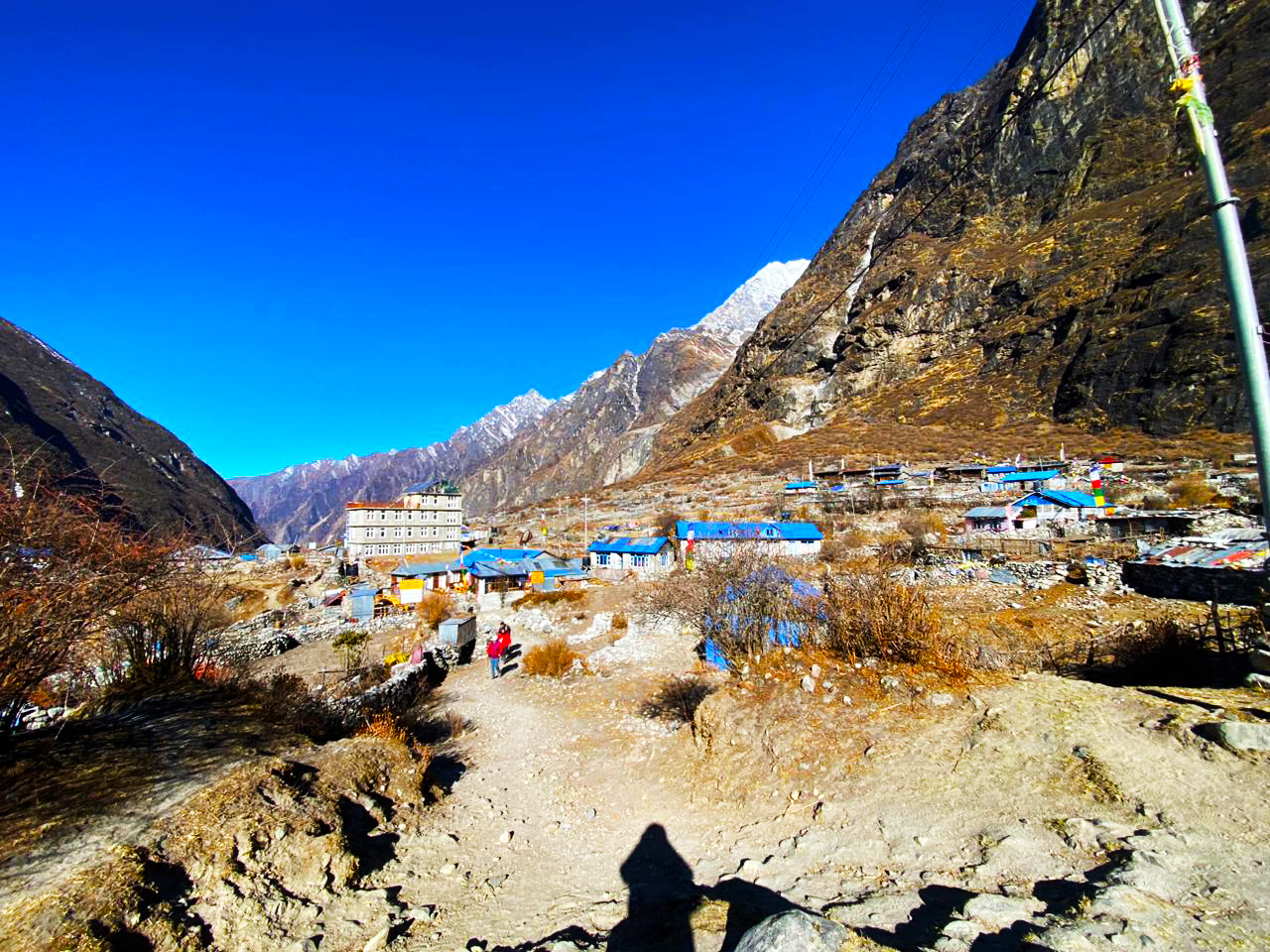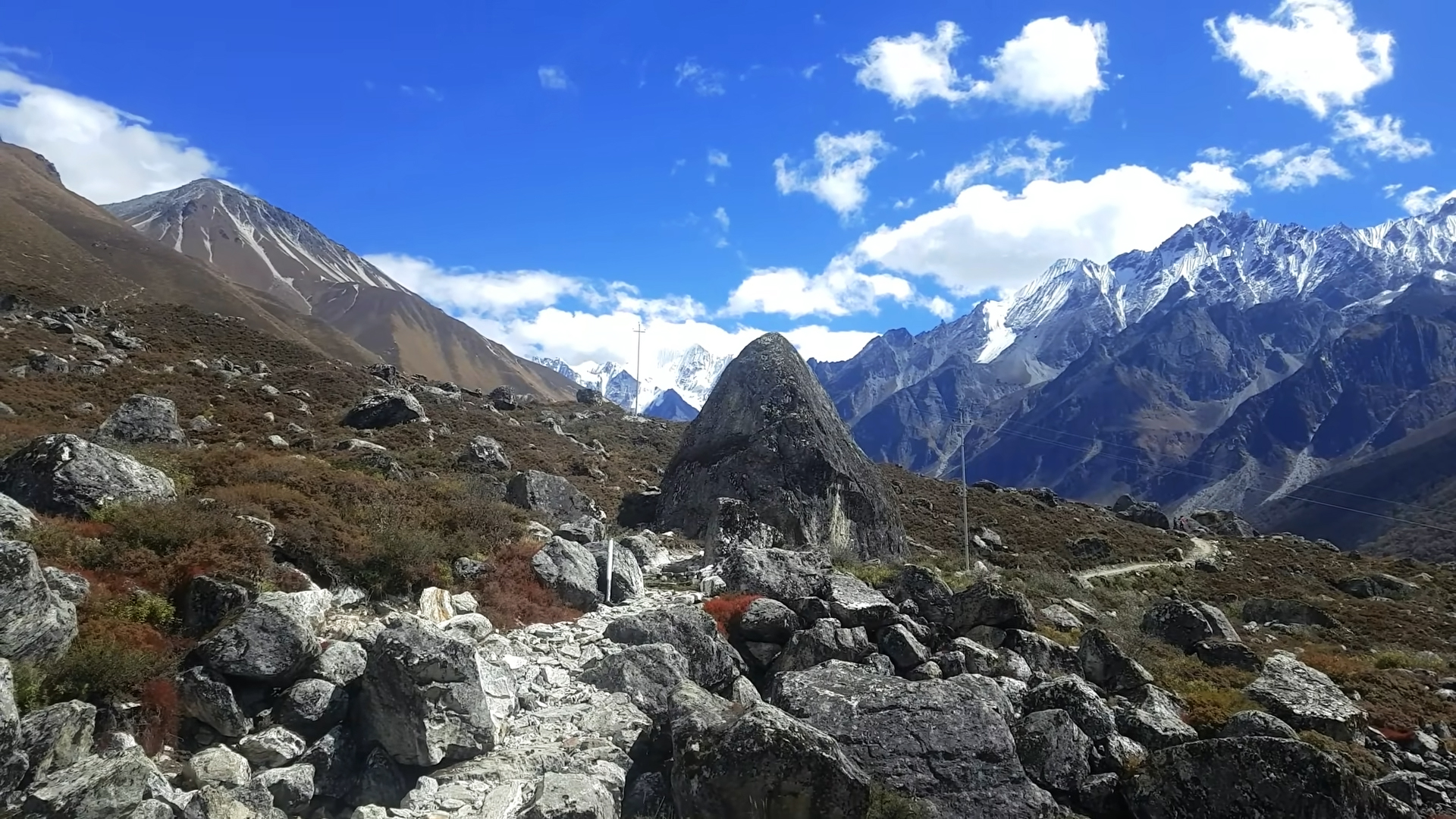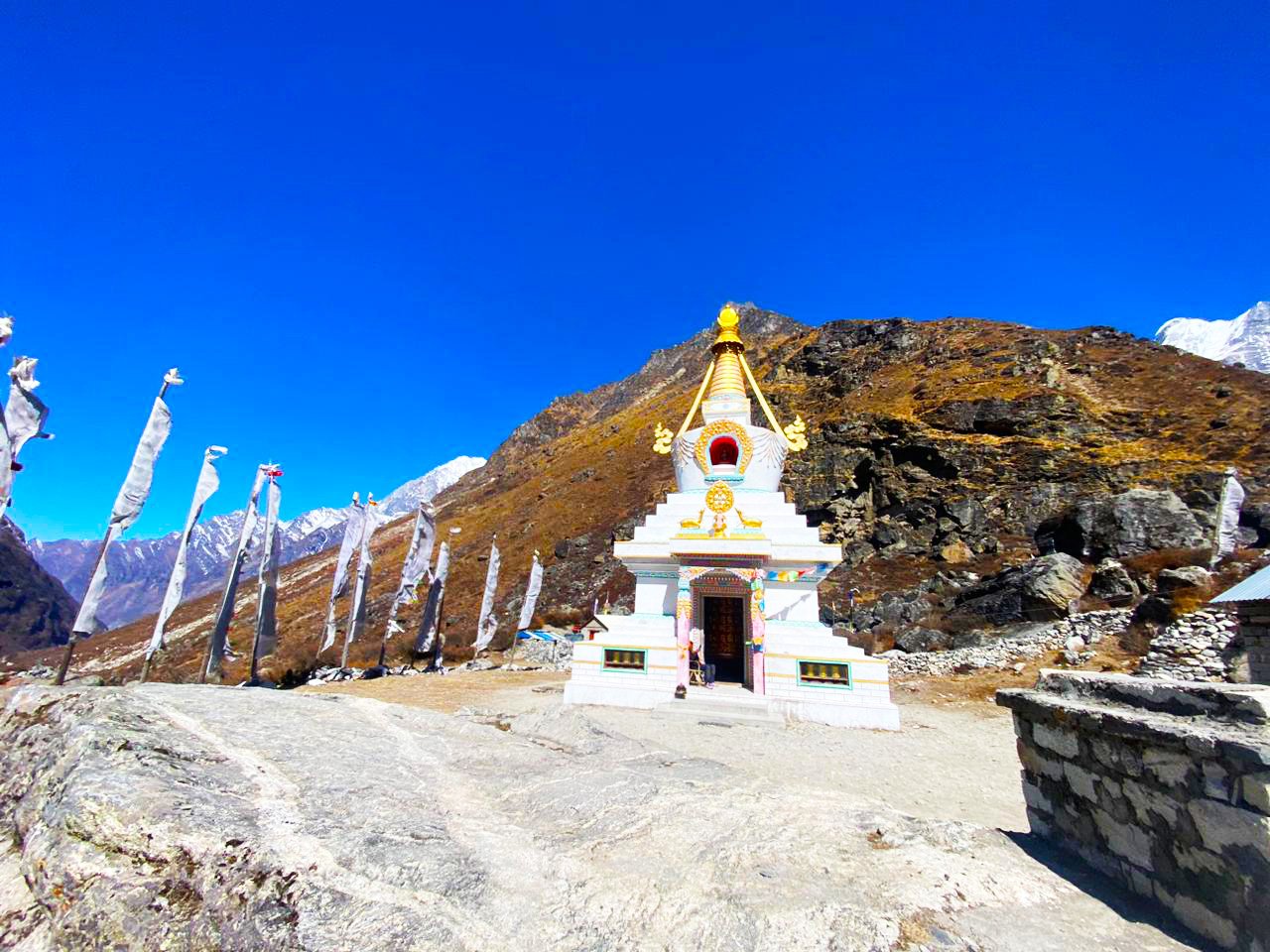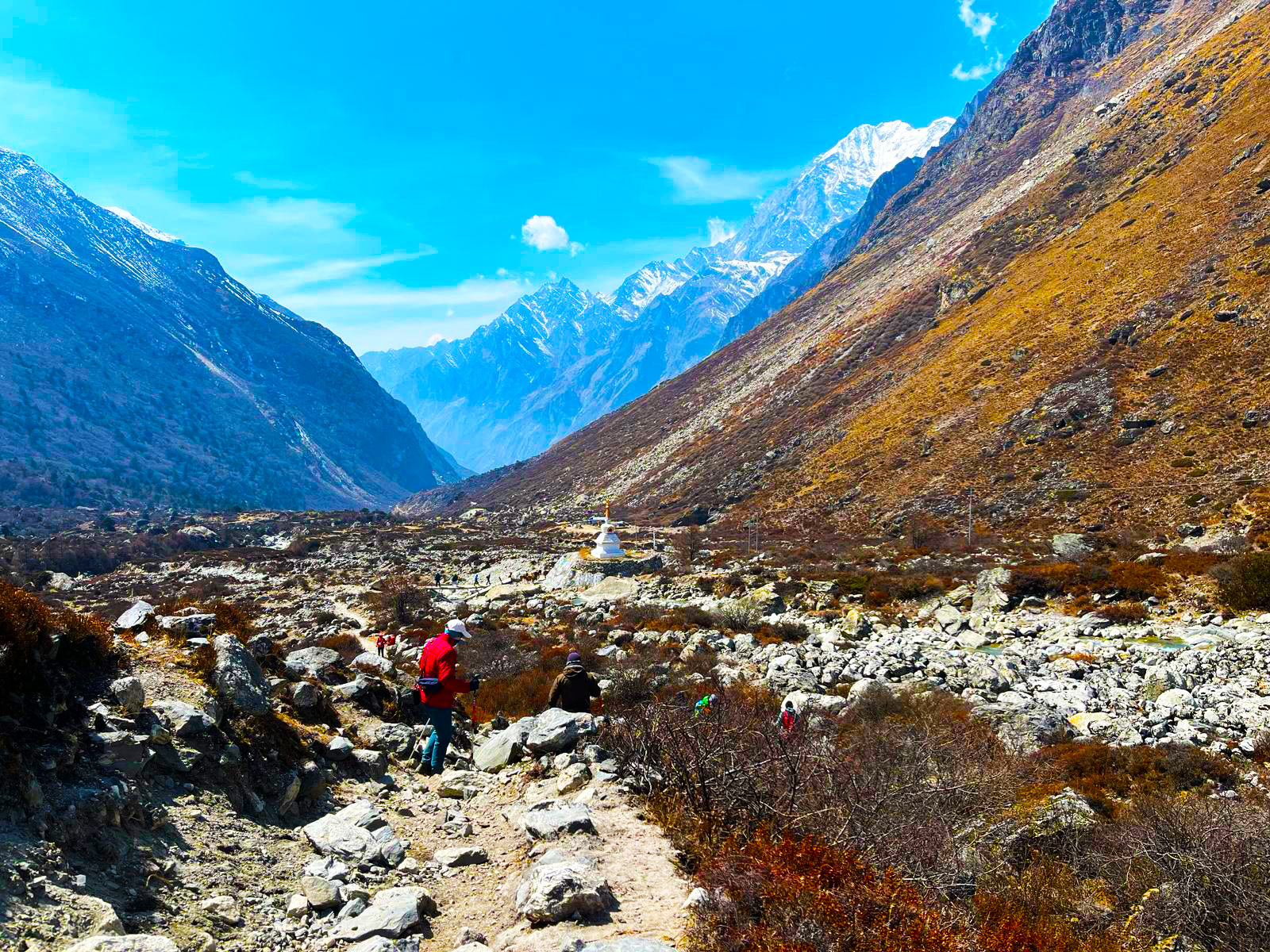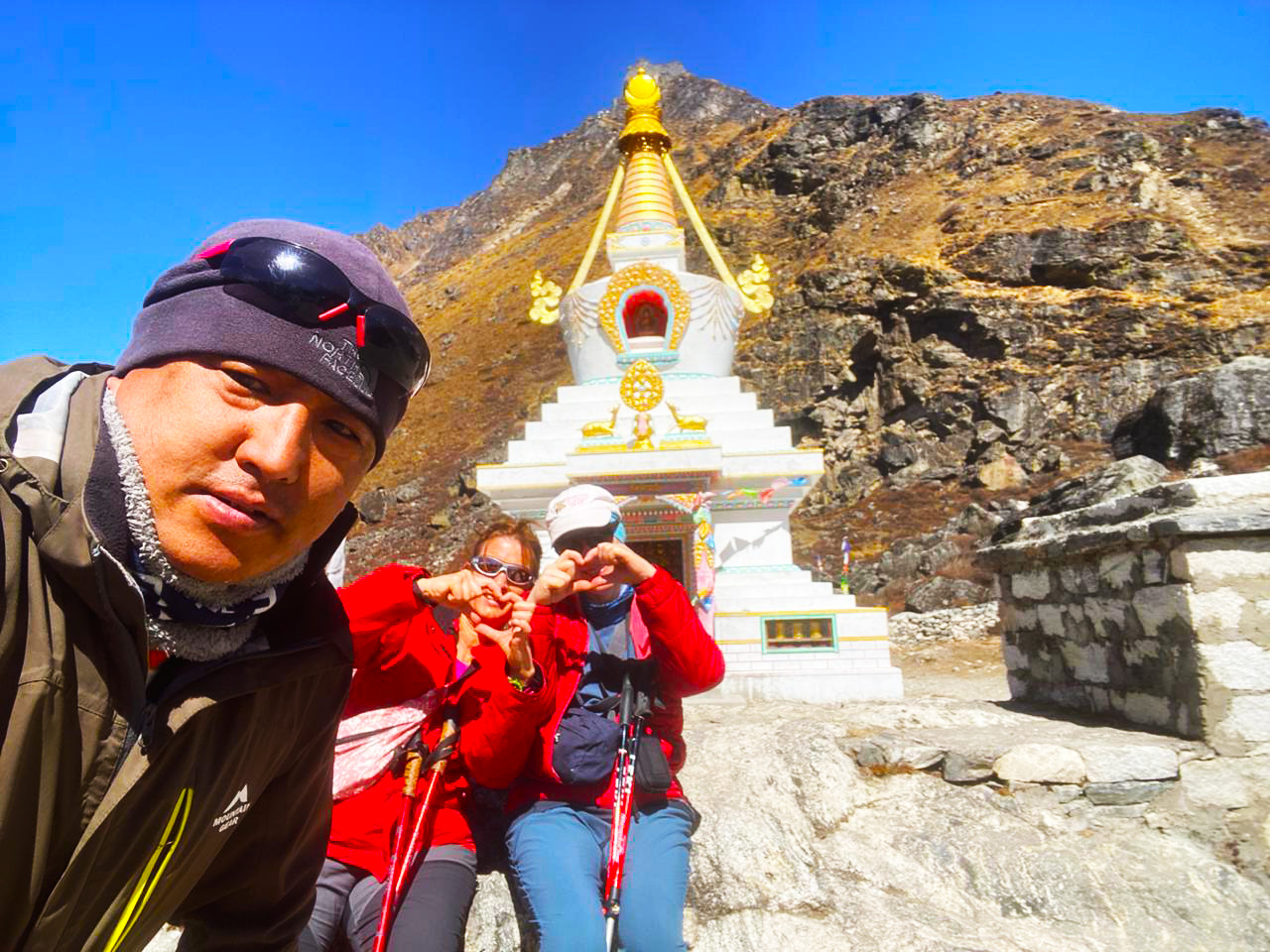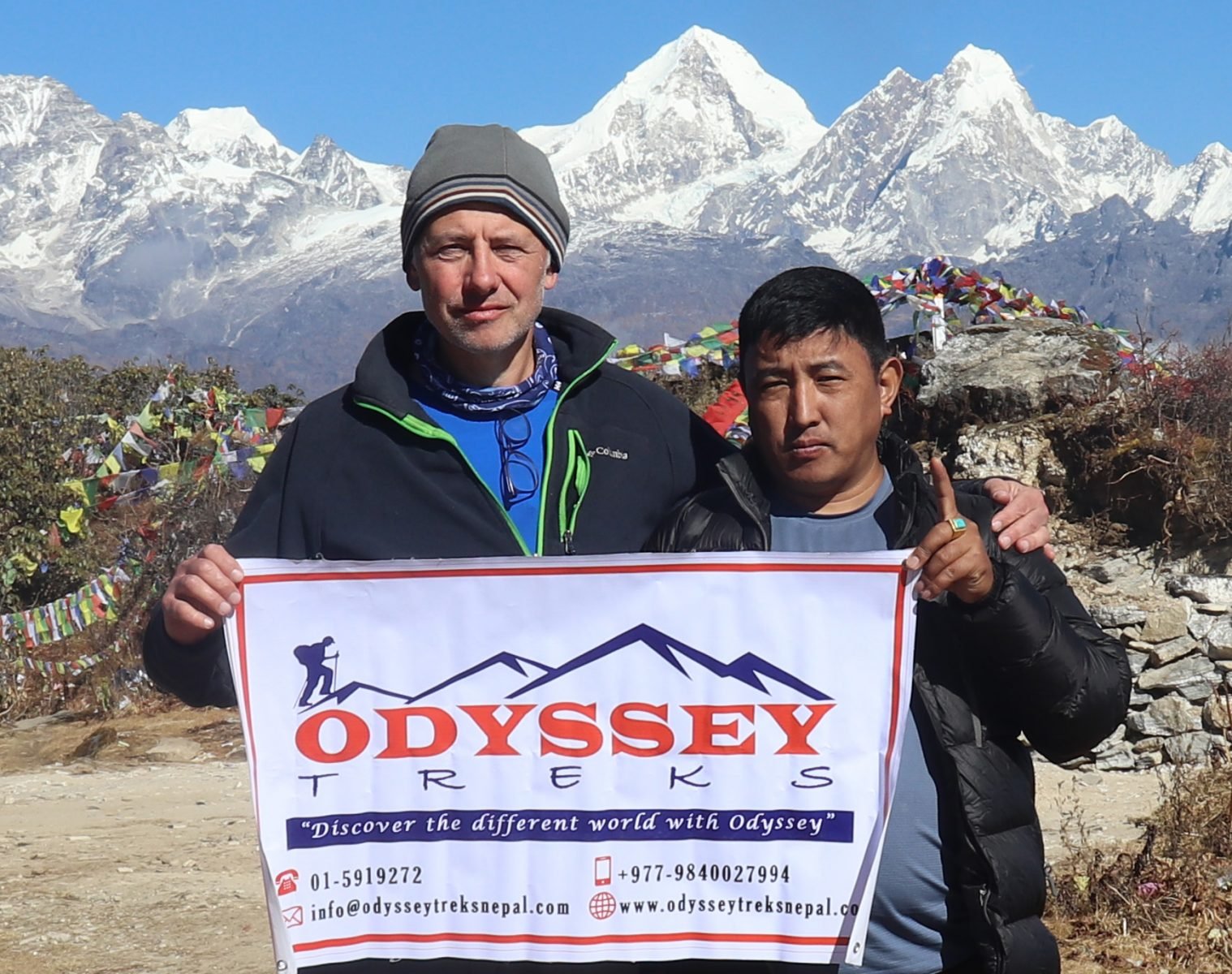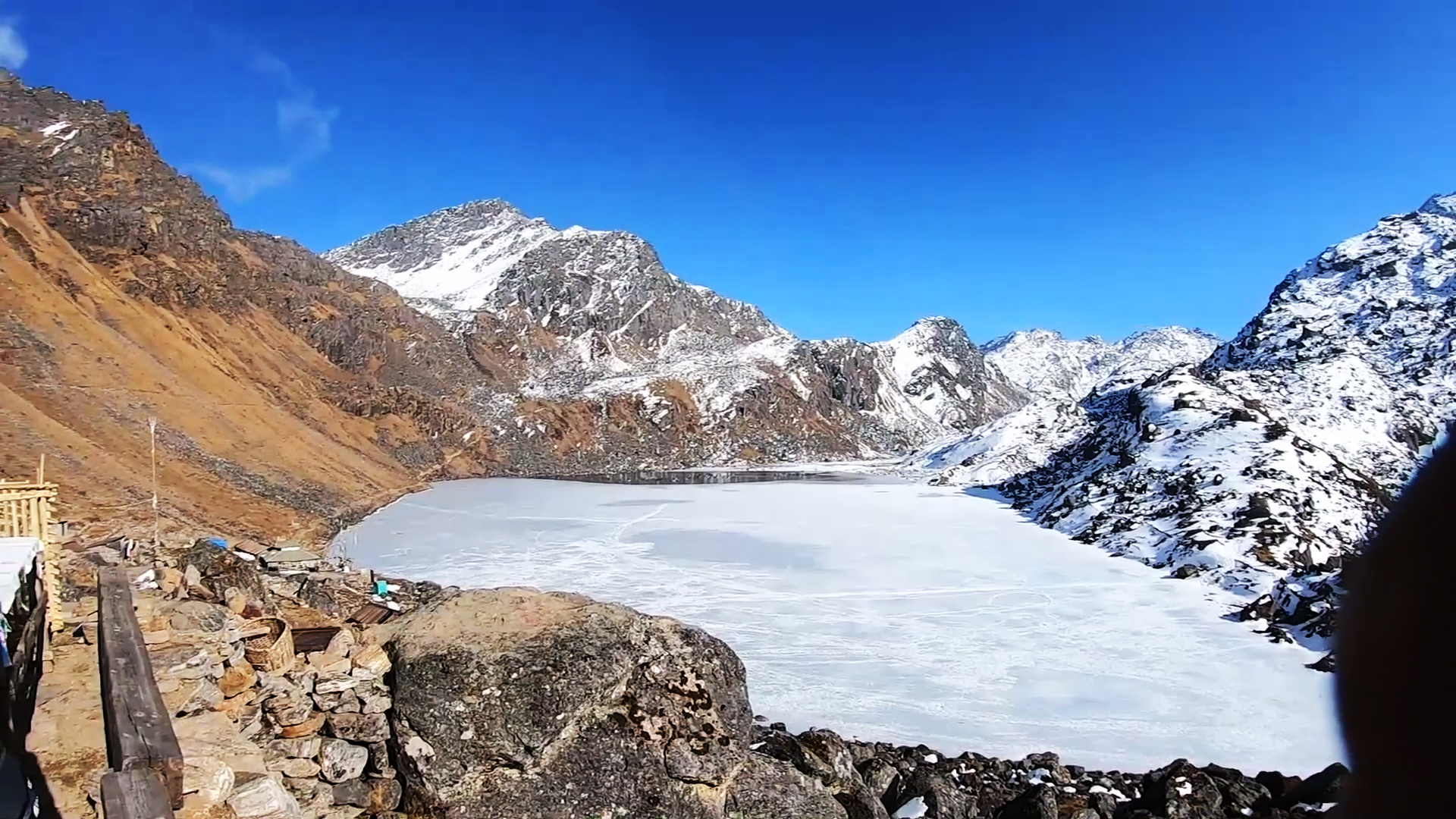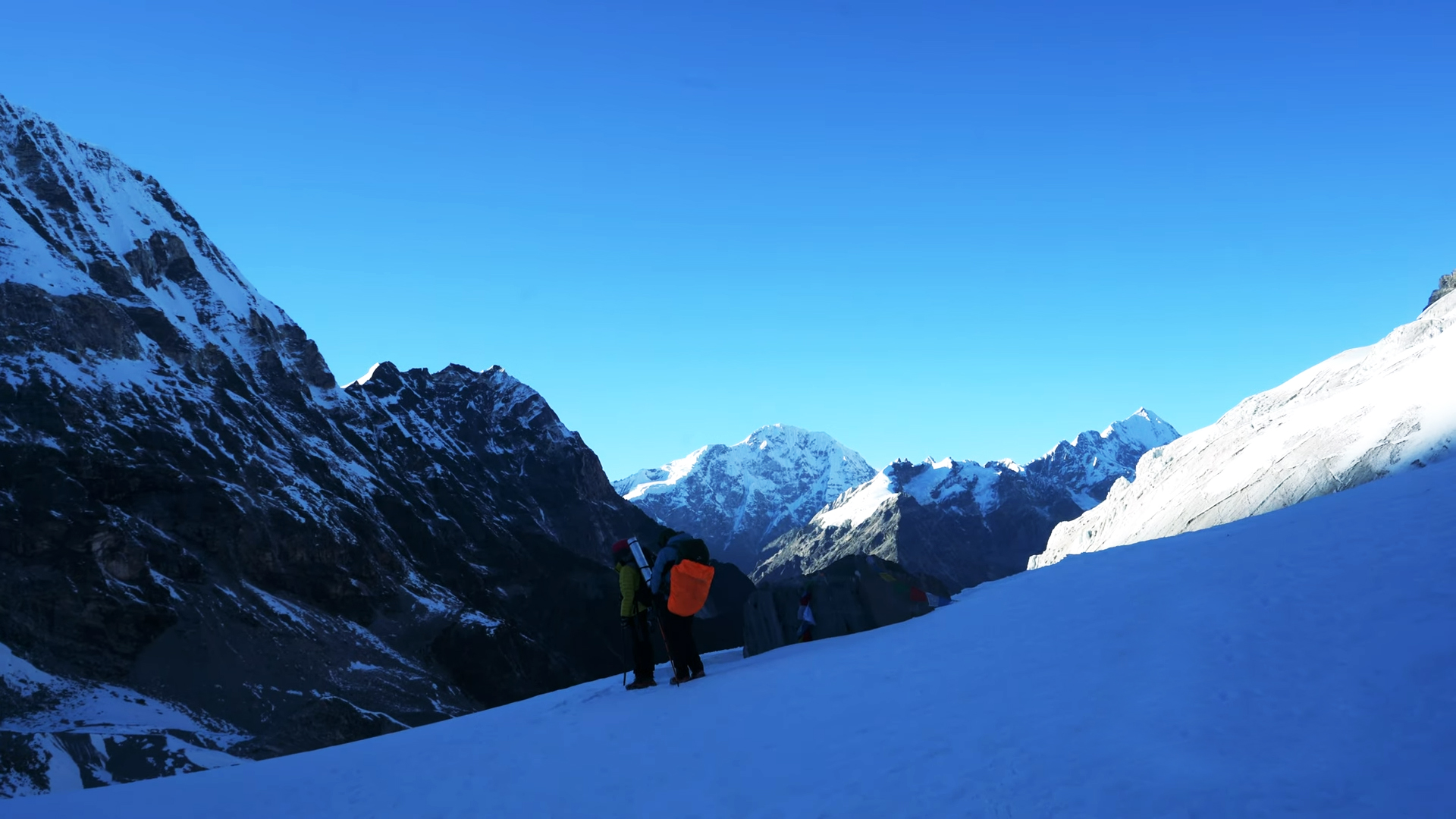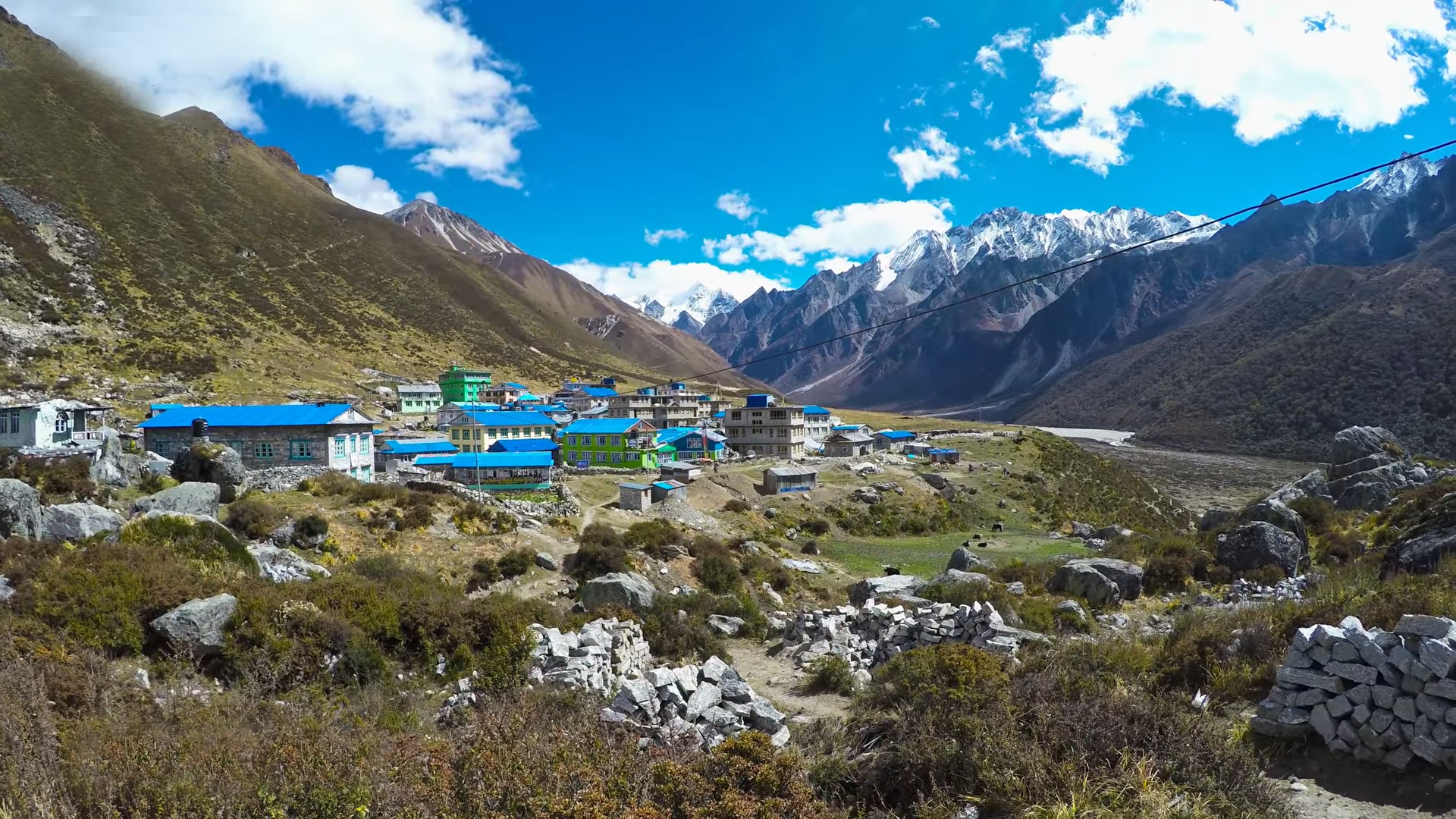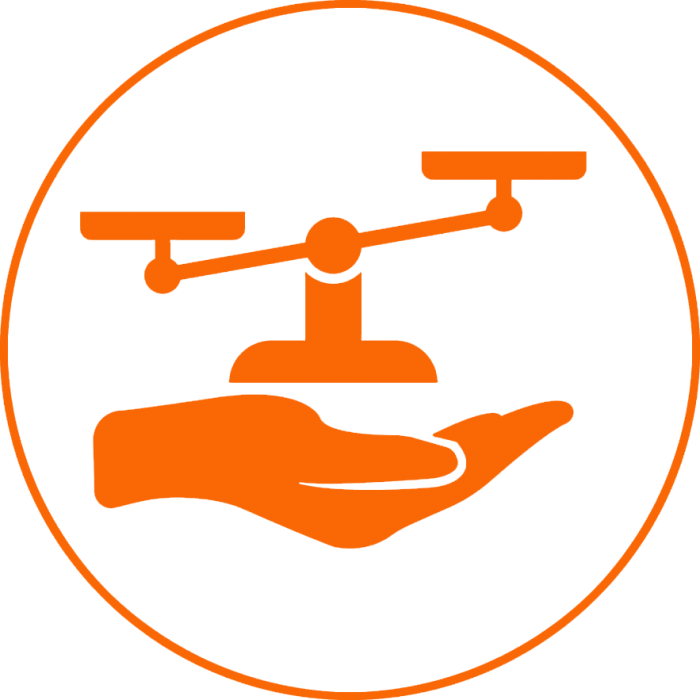Trip Overview
Introduction to Langtang Valley Trek
Located in the Langtang region, Langtang Valley Trek is one of the most famous treks in Nepal. Langtang is a glacial valley home to more than 70 glaciers. It is the most hidden trekking destination, 51 kilometers north of Kathmandu.
Although close to the city, the Langtang Valley is rich in wild scenery. This eight-day trekking package takes you to the beauty of the desert. The trek describes the beauty of the Himalayas, the unique biodiversity, and the Tibetan way of life. Crystalline lakes and calm glaciers are a delight along the trail.
The Langtang Valley is also rich in culture and diversity. The ancient and prominent inhabitants of this region are the Tamang tribe. Apart from the Tamang, there are also the Newari and Sherpa tribes. All castes’ religious practices, language, and dress are similar to Tibet’s. Langtang is a good option for those who want to take a short trip from Kathmandu to the Himalayas, which are influenced by the Tibetan way of life.
The beauty of the trek
Landscapes of rhododendrons, majestic waterfalls, bamboo forests, and snow-capped mountains will mesmerize you. The beautiful snow lake, the green vegetation, and the unique lifestyle of the Tamang people also influence everyone to reach there. While trekking the villages around the Langtang Valley, you will climb small peaks and visit glaciers at a comfortable low altitude.
The Langtang Valley Trek is an excellent option for nature lovers and adventure seekers in the Nepal Himalayas. The mountain peaks of Langtang Ri, Dorje Lakpa, Langtang Himal, and Langsisa Ri surround the valley. This trek takes you through Langtang National Park to an altitude of 4,000m (13,123 feet). If you are a sunrise lover, don’t miss the view of the sunrise from Tserko Ri (5,000 m/16,404 ft).
Reaching Langtang Valley is no unnecessary hassle. This trek is convenient because it is not associated with flight delays and cancellations. A half-day trip by jeep will take you to Syabru Besi, and from there, about three days of walking will take you to Langtang or Kyanjin Gompa (the oldest Buddhist monastery in the region). Kyanjin Gompa, the final destination of this trek, is famous for its yak cheese factory.
There is a high chance of seeing various animals within the national park during the Langtang trek. While trekking, you are likely to encounter pandas, endangered musk deer, endangered goats, snow leopards, etc. It is a moderate trek suitable for any level of travel enthusiast, so no previous trekking experience is required.
Attractions of the Langtang Valley Trek
Scenic Views:
The Langtang Valley is famous for its scenic views of lush green forests, alpine meadows, glaciers, and high snow-capped peaks. The trek offers panoramic views of peaks like Langtang Lirung (7,234m), Gang Chenpo (6,387m), Dorje Lakpa (6,966m), and Langsisha Ri (6,427m).
Cultural Immersion:
The trekking route takes you through many traditional Tamang and Sherpa villages. You can witness cultural practices and festivals celebrated by the local community, allowing you to experience the locals’ unique customs, culture, and lifestyle.
Kyanjin Gompa:
Kyanjin Gompa is a picturesque village in the Langtang Valley, located at 3,870 meters. It is the ultimate destination for Langtang Valley trekkers. The village has a beautiful monastery, a holy site for Buddhist pilgrims, and a spiritual center where monks gather for prayers, rituals, and meditation. From Kyanjin Gompa, you can enjoy stunning views of the surrounding peaks and glaciers.
Langtang National Park:
Langtang National Park serves as the focal point of the Langtang Valley Trek. The park offers trekkers an opportunity to immerse themselves in the region’s natural beauty and cultural significance. It is home to diverse wildlife, including the Himalayan snow leopard, tahr, red panda, and various species of birds. While trekking through the park’s dense forests and alpine meadows, you can spot many animals and birds.
Scenic Drive to Syabrubesi:
Syabrubesi is the starting point of the Langtang Valley trek. A scenic drive from Kathmandu to Syabrubesi is integral to the trek experience. The drive offers a glimpse of Nepal’s diverse landscape, rural life, and stunning natural beauty. You can enjoy sweeping views of rural villages, river valleys, and beautiful distant mountain ranges.
Tamang Villages:
While trekking, you will pass through many traditional Tamang villages, such as Lama Hotel, Langtang Village, and Kyanjin Gompa. These villages are inhabited by the Tamang people, known for their distinct culture, hospitality, and traditional lifestyle. You can interact with the locals and learn about their customs, traditions, and lifestyle.
Tserko Ri Summit:
Tserko Ri Peak is the highlight of the Langtang Valley trek. It is a popular viewpoint located near Kyanjin Gompa. You can get panoramic views of the Langtang Himalayan range, including Langtang Lirung, Langsisa Ri, Dorje Lakpa, and other peaks. The viewpoint offers a 360-degree vista of the Langtang Valley, with towering mountains and deep valleys.
You can choose an early morning hike to Tserko Ri to witness the sunrise over the mountains. The first light of morning illuminates the snow-capped peaks, creating a surreal and awe-inspiring sight. It is also a perfect place for photography and meditation.
Benefits of booking a Langtang Valley trek with Odyssey
- Free private vehicle service for pick-up and drop-off at the airport
- As souvenirs, an Odyssey Trek duffel bag and t-shirt
- Map of the Langtang Valley Trek
- An oxygen meter at a high altitude is used to measure the oxygen saturation of the blood.
- Arrangement of an emergency medical kit
- Accessible extra luggage storage facility for the duration of the trek
- Arrange a down jacket and sleeping bag for trekking if you don’t have your own.
Food and accommodations during the trek
The Langtang Valley Trekking Trail offers a variety of food and accommodation options. Tea houses are the most common form of accommodation along the trek. These are more like simple guesthouses run by local families or entrepreneurs.
Tea houses generally provide basic but comfortable accommodations. Guests can get hot food, snacks, drinks, amenities like beds and blankets, and shared bathrooms. Dormitory-style rooms with multiple beds are available, as are private rooms for those seeking more privacy. Private rooms may have attached bathrooms or shared facilities.
Tea houses serve various Nepali and international dishes. Common meals include dal bhat (lentil soup and rice with vegetables), noodles, chowmein, fried rice, momos (dumplings), and soups. They also offer a selection of hot and cold beverages, including tea, coffee, soft drinks, and hot chocolates.
Drinking water is free, but it is advisable to carry water purification tablets or filters to ensure safe drinking water. Additionally, be careful with hygienic food and opt for freshly prepared food whenever possible.
Langtang Valley Trek Difficulty
The Langtang Valley trek is considered moderately difficult. It is easier than the Everest Base Camp or Annapurna Circuit treks, but it still requires good fitness and preparation. As you gain altitude, the terrain can vary from forests and villages to steep, rocky sections. Altitude acclimatization is important to prevent altitude sickness.
Some parts of the trail are narrow and open, requiring careful navigation. However, the Langtang Valley trekking route does not have technical climbing sections. Many people with a good level of fitness can complete this trek successfully. Be prepared for changes in weather conditions and take necessary precautions for altitude sickness. With proper preparation and determination, you have a good chance of completing the Langtang Valley trek.
Best seasons for Langtang Valley Trek
Knowing the right time for Langtang Valley trekking is essential. Choosing the right time gives you a great experience that lasts a lifetime. Trekking at the best time offers excellent views without difficulty. Generally, spring and autumn are the best and most recommended times for trekking. During these times, the weather is usually stable, the sky is clear, and the temperature is moderate.
The spring season includes March, April, and May. These months are popular for Langtang Valley trekking. The weather is usually clear and warm during this time, with flowering and lush vegetation adding to the natural beauty. The absence of clouds allows for stunning views of the iconic peaks. Trails are generally clear, and visibility makes them ideal for photography enthusiasts. Clear visibility makes the trail more accessible and easy to navigate, making the trip safer and more enjoyable.
Altitude sickness and acclimatization
Langtang Valley treks usually start at lower altitudes and gradually progress to higher altitudes, where altitude sickness can occur. So, being aware of altitude sickness while trekking in the Langtang area is essential. Altitude sickness is also known as acute mountain sickness (AMS). Generally, headaches, nausea, fatigue, dizziness, etc., are symptoms of altitude sickness. So, you should be very careful about this and prepare to avoid it.
Altitude sickness is common when trekking in high mountains. But you can avoid this problem by taking some precautions. Oxygen is less at higher altitudes, so the body needs more time to acclimate. Trekking at higher altitudes is easier if you are well-acclimated to lower altitudes. A schedule with acclimatization days is a crucial way to avoid altitude sickness.
If symptoms of altitude sickness appear, ascend slowly and drink plenty of fluids. You can also take medication to prevent altitude sickness in consultation with a healthcare professional. If severe symptoms occur, it is necessary to descend to a lower altitude immediately. Always trek with a knowledgeable guide who is familiar with the area and knows how to manage altitude sickness.
Langtang Valley Trek cost
The cost of the Langtang Valley Trek depends on various factors. It may vary depending on the trek’s duration, route, and services included (e.g., guide, porter, accommodation, meals, and permits). Similarly, the cost of trekking also depends on the size of the group. If you are single, the price per person is high, but the cost is low if you have a large group. You can choose a basic or luxury package service according to your desires and budget.
Prices may also fluctuate depending on any additional services you require. Researching different trekking companies and finding the best option that fits your budget and preferences is a good idea. Let us know your requirements, budget, and group size, and we will prepare an excellent package price for you. For more information on package costs, contact us at info@odysseytresnepal.com.
Permits
Specific permits are required for the Langtang Valley trek. These permits help regulate tourists and ensure safety and management during the trek. Langtang Valley is within the Langtang National Park, a protected area. You need a TIMS card and a Langtang National Park Entry Permit to enter the Langtang Trekking Area.
The TIMS card (Trekkers Information Management System) helps track trekkers and provides emergency assistance when needed. TIMS cards can be obtained from Kathmandu’s TAAN (Trekking Agencies Association of Nepal) office. This permit costs 2000 rupees ($15) per person.
Another permit you need is the Langtang National Park Entry Permit. You can get this permit in Kathmandu or at the entry points of national parks such as Dhunche or Syabrubesi. It costs 3390 rupees ($26) per person.
Equipment packing list
When trekking Langtang Valley, it is necessary to pack things considering the terrain and weather conditions. A basic list of essential items you may need:
- A sturdy and comfortable backpack to carry all your gear.
- Waterproof, sturdy hiking boots with good ankle support.
- Moisture-wicking base layers
- Insulating layers (fleece or down jackets)
- Waterproof and windproof jackets and pants
- Quick-dry trekking pants and shorts
- Warm hats, gloves, and scarves
- Sun hats and sunglasses
- A sleeping bag for cold temperatures
- Trekking poles for stability, especially for uneven terrain
- A water bottle with at least two liters of water capacity
- First aid kit for basic treatment
- Personal items like toothbrushes, toothpaste, biodegradable soap, hand sanitizer, wet wipes, etc.
- Sunscreen and lip balm to protect the skin and lips from the harsh rays of the sun
- A headlamp or flashlight for navigating in the dark and for any morning start
- Camera and power bank
- Snacks and energy bars for trekking days
Conclusion
“Make your trip an unforgettable moment for a lifetime.”
Langtang Valley is full of natural beauty, making it a perfect destination for trekking enthusiasts. Don’t think of it as just a trek—it’s one of the best mountain treks you’ll ever do. Pack your bags and prepare for a beautiful, peaceful trek with Odyssey Treks.
We offer Langtang Valley trekking packages with experienced guides and comfortable accommodations. Check out our fixed itineraries prepared by professional staff, keeping all aspects of travel in mind. If the plan does not suit you, we will tailor it to your needs. For more information about trekking and tours, contact us at info@odysseytreksnepal.com.
Trip Itinerary
Drive Kathmandu to Syabrubesi (1,550 m) – 5 to 6 hours.
The first day of the trip begins with a morning drive from Kathmandu to Syabrubesi, the gateway to the Langtang Valley trek. This 120-kilometer drive offers a glimpse of the natural beauty of the Langtang region. It takes around 5–6 hours to reach Syabrubesi through picturesque landscapes, terraced fields, and rustic villages.
Trek Syabrubesi to Lama Hotel (2,480m) – 6 to 7 hours walk.
After breakfast on the second day of the trip, you will start trekking towards the Lama Hotel. The trail gradually ascends through lush rhododendrons, oak, and pine forests, following the path alongside the Langtang River. Along the way, you will pass traditional small villages and suspension bridges, with glimpses of the beautiful surrounding mountains. After about 6-7 hours of walking, you will reach the Lama Hotel, where you will spend the night.
Trek Lama Hotel to Langtang village (3,541m) – 5 to 6 hours walk.
After breakfast, the journey will continue through the Langtang Valley, following the trail alongside the river. You will pass through Ghoda Tabela and Thangsap villages while enjoying panoramic views of the surrounding mountains. The trail offers scenic views of the Himalayas and an opportunity to immerse yourself in the local culture.
The trail may include steep sections and rocky terrain, so always walk comfortably. Crossing suspension bridges and skirting mountainsides, the sound of the river accompanies you throughout the journey. After 6-7 hours of walking, you will reach Langtang village, one of the largest settlements in the region.
Trek Langtang village to Kyangjin Gompa (3,900m) – 3 to 4 hours walk.
The fourth day of the trip involves a relatively short trek to Kyanjin Gompa, a picturesque village with beautiful monasteries and stunning mountain views. Enjoy the natural beauty of the Langtang Valley, crossing yak pastures and glaciers. Kyanjin Gompa is surrounded by the Himalayas, from which you can get stunning views of many snow-capped peaks. Spend the evening exploring the village, visiting a cheese factory, or hiking to nearby viewpoints.
Free day at Kyangjin Gompa or excurtion to Tsergo Ri (4,984m) and back to Kyangjin Gompa
This day, rest at Kyanjin Gompa to acclimate to the altitude and explore the surrounding area. Hike to nearby Kyanjin Ri or Tserko Ri for panoramic views of the Langtang Range and neighboring peaks. Explore the monastery, interact with the locals, or relax and enjoy the peaceful mountains. To enjoy breathtaking panoramic views of the Langtang range, you can hike up to Kyanjin Ri (4,773m) or Tserko Ri (4,984m). These viewpoints offer stunning views of the snow-capped peaks, glaciers, and surrounding valleys.
Trek Kyanjing Gompa to Lama hotel (2,480m) - 6 to 7 hours walk.
Begin your descent towards Syabrubesi, retracing your steps along the Langtang River. You will descend at the Lama Hotel, enjoying the downhill trek with beautiful views. You will reach the Lama Hotel after about 6-7 hours of trekking through dense river valley forests. Enjoy panoramic views of the Langtang range on the way down.
Trek Lama Hotel to Syabrubesi – 5 to 6 hours walk.
As this is the last day of trekking, you will head towards Syabrubesi to return to Kathmandu. You will continue to descend through the rhododendron and oak forests, following the path to Syabrubesi. A 5- to 6-hhour walk will take you to Syabrubesi. Celebrate the end of your trek with a delicious meal and perhaps a local drink. Your night will be spent at one of the lodges in Syabrubesi.
Drive Syabrubesi to Kathmandu – 5 to 6 hours.
Today, you will say goodbye to the Langtang area and drive back to Kathmandu. Enjoy the scenic journey once again, remembering the unforgettable experiences of the trek. You will arrive in Kathmandu in the afternoon or evening and relax at the hotel.
Why not list the price?
Each client's needs may be different. The price of the trip varies according to the size of your group and the service you want. The cost of the trip is calculated according to the type of service and accommodation chosen by our customers.
Each trip is customized to fit the client's needs and group size, so the price of each organized trip is different. Please let us know the service you want and the size of the group. We create trips to suit your taste and travel budget per your requirements. Hope you find our price calculation reasonable according to your needs and preferences.
Frequently asked questions about this trip
Where is the Langtang Valley Trek?
Langtang Valley Trekking is located in the mid-north of Nepal, in the Langtang region, 51 km from Kathmandu, the capital of Nepal. The Langtang region is the third most popular and most beautiful trekking region in Nepal.
Which is the highest mountain in the Langtang Valley?
The highest mountain in the Langtang Valley is Langtang Lirung, which is 7,227 meters (23,711 feet) above sea level. Langtang Lirung is part of the Langtang mountain range. But from the Langtang trekking trail, you can see Tibet's magnificent Shishapangma Peak (8027m). Apart from Langtang Lirung, the trek offers views of many other beautiful mountains.
Can I trek Langtang without a guide?
Yes, it was possible to trek without a guide, although, per the new rules, a licensed guide is mandatory for any trekking in Nepal. Having a reliable guide with you while trekking is also a good idea. Trekking trails involve challenging terrain with high altitudes and unpredictable weather conditions. Guides may take appropriate measures to ensure safety. In an emergency, they can provide immediate help and coordinate rescue operations. The trip will be safer and more enjoyable if you hire a guide.
Is this trek for beginners?
Yes, this trek is suitable for beginner trekkers. It is a moderate-level trek at a low altitude. It is important to assess your ability and comfort level before starting the trek. With proper preparation and precautions, the Langtang Valley Trek can be completed by beginners.
How high is the Langtang Valley trek?
The highest point of the Langtang Valley trek is Kyanjin Gompa (3,900m). It is also the final destination of the trek, which is one of the highlights of the entire trip. However, some side trips in this area can lead to higher elevations. If you want to get even higher, Tserko Ri is a relatively short hike from Kyanjin Gompa. Tserko Ri is a famous viewpoint at an altitude of about 4,984 meters.
What other alternative routes or side trips are available during the Langtang Valley trek?
The Langtang Valley trek is a rewarding journey, though there are many other alternative routes and side trips. The Ganja La Pass trek is a good option for experienced trekkers looking for a challenging adventure. This trip offers a high-altitude crossing of 5,130 meters, connecting the Langtang Valley with Helambu. Apart from the Ganja La Pass Trek, there is also the Gosainkunda Trek, the Tamang Heritage Trek, the Tilman Pass Trek, etc.
Can I hire porters to carry my luggage during the Langtang Valley trek?
You can hire porters to carry your luggage during the Langtang Valley trek. Porters play an essential role in supporting you by carrying your luggage. They allow you to enjoy the trek without carrying a heavy bag. Trekking agencies will arrange for reliable porters for you. As a rule, porters can have a maximum weight of 20 kg. You can hire an additional porter if your luggage weighs more than 20 kg.
Google Reviews
Guest reviews
Thank you a lot for your organization about my trek. It was a superb experience; all was perfect. Karma is a very nice person and a good guide. I appreciated trekking with Odyssey (a reliable Nepal trek operator). If I come back to Nepal, I will be happy to...
Have just returned from my fourth trip to Nepal and as always Odyssey Treks organized everything superbly. We visited Makalu relatively late in the season and were rewarded with empty trails and amazing weather. Karma was as entertaining, friendly, and informative as ever along with Ang Dawa Sherpa who...

